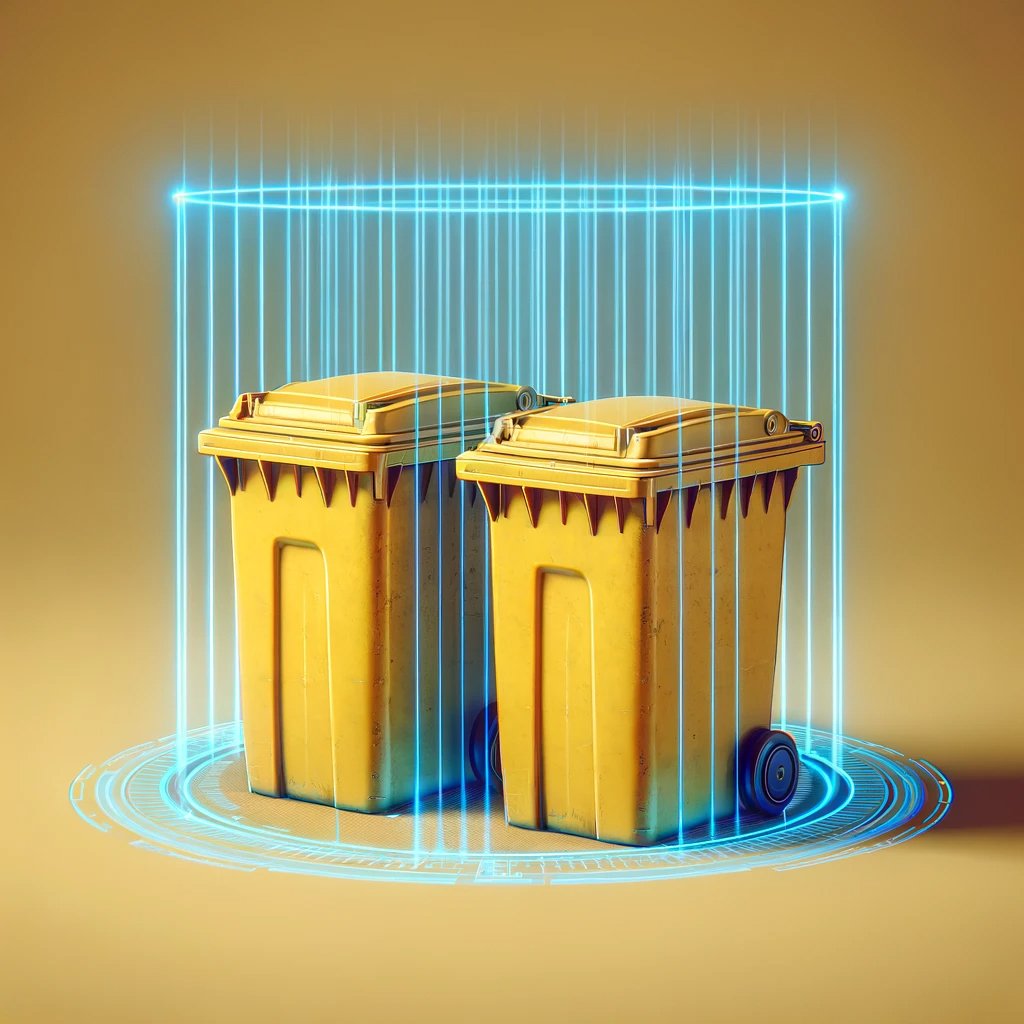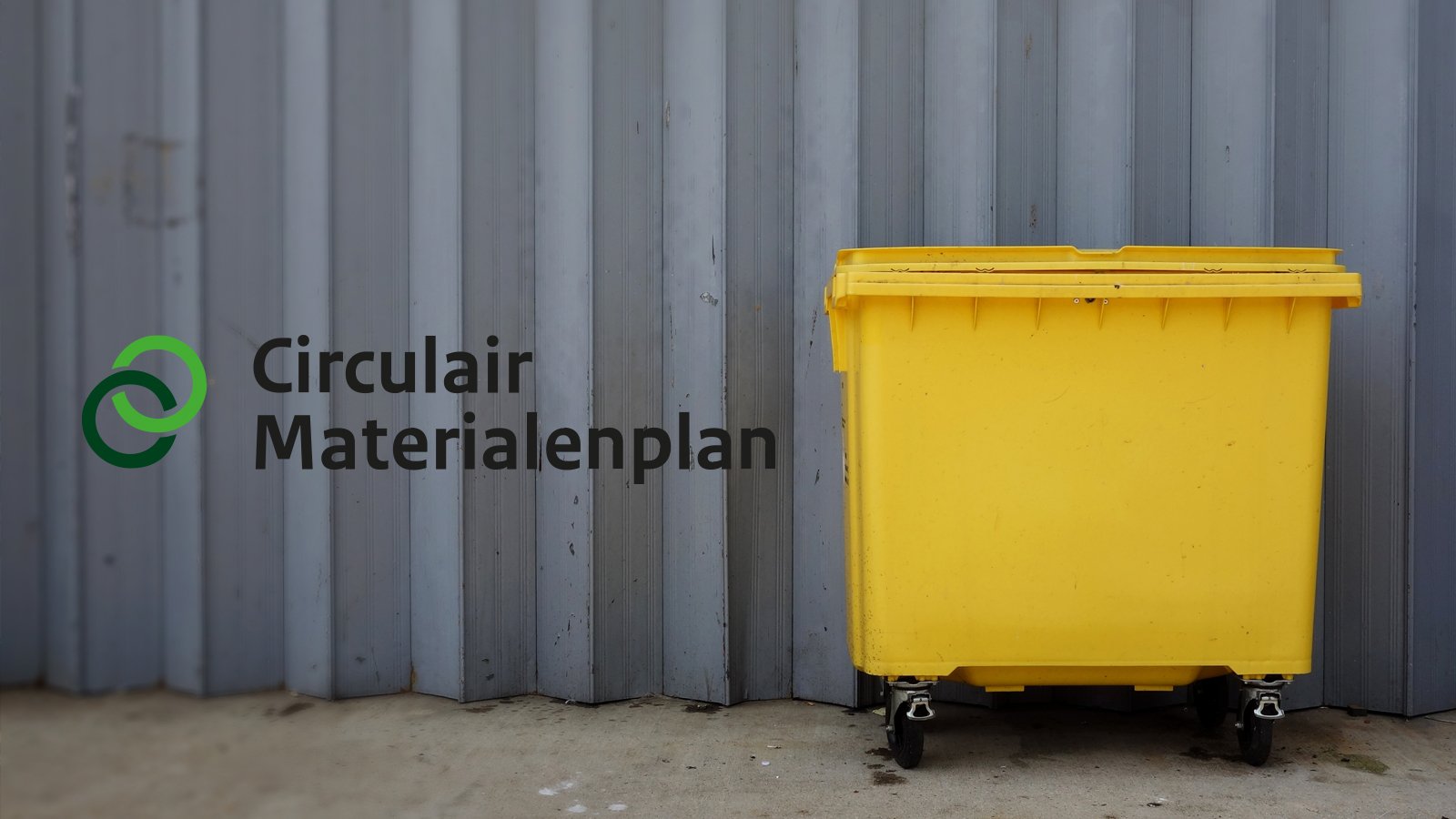On Jan. 25, 2021, the state secretary of Infrastructure and Water Management announced an amendment to the third National Waste Management Plan (LAP3). The Circular Materials Plan (CMP1) was scheduled as its successor for December 2023. However, the deadline was recently moved to December 29, 2025.
Milgro is happy to continue to follow the developments around CMP1 for you. Are you curious what changes will take place around waste management and waste prevention? You can read all about it in this article.
Responsible waste management
In the run-up to a sustainable society, responsible management of waste is crucial. It is therefore important that governments, companies and citizens contribute to this. Everyone who performs operations with waste materials is obliged to protect the environment in doing so. This is why guidelines have been drawn up for handling various waste streams.
LAP3: policy framework for waste management and prevention.
On December 28, 2017, the third LAP came into effect. This policy framework contains guidelines on waste management and prevention. The LAP3 describes the obligations and opportunities for each part of the waste chain.
The focus of the policy is mainly on the processing of materials, the collection, recycling, incineration and disposal of waste. The LAP3 distinguishes 85 different waste streams, each detailed in a sector plan. The sector plans serve as clarifications to the policy or as deviations from a general policy. The sector plans also serve as an assessment framework for granting permits.
Why is LAP3 changing to CPM1?
The change from LAP3 to CMP1 is consistent with the existing transition toward a circular economy. The name change alone is appropriate for this. The Circular Materials Plan has the promotion of innovation for a circular economy as a major goal. Ambitious standards have been set for this purpose.
The CPM1 challenges companies to perform better than the minimum standard for waste management. Sustainable waste management becomes legally binding and there must be room for innovative solutions around recycling materials. In doing so, the CMP1 provides an incentive for companies to operate more sustainably and extract more value from their waste streams.
Starting points: this is what we know about the CPM1
Despite the ambitious goals of the CPM1 , there is not yet absolute certainty about the specific legislation. We list what principles are currently known.
- The CPM1 constitutes an extension of the current LAP3. It will focus more strictly on reuse and prevention from the higher rungs of the waste hierarchy. This is of great importance for the circular economy. The 85 sectoral plans from the LAP3 will be replaced by 7 chain plans. Because these include waste streams from the design to waste phase, the CPM1 covers the entire chain of a stream.
- The CPM1 will be anchored in the Wet Milieubeheer. Waste processing will thus become legally binding. Permit issuers will thus have clear frameworks regarding waste processing, with a focus on prevention, reuse and recycling.
- The CPM1 provides greater support to companies developing techniques for processing products and materials. Thus, there will be more room for innovation.
Companies and governments about the Circular Materials Plan
In the summer of 2021, the ministry collected input from businesses and governments through a survey. This focused on current experience with the LAP3 and ideas about the CPM1. Here, two topics emerged that respondents felt were of great importance to the Circular Materials Plan.
First, many of the respondents stated that more attention should be paid to the front end of the chain. They believe that the ministry should focus on waste prevention and resource reduction. Producer and chain responsibility must also increase in order to achieve a circular economy.
Following that, many respondents argue that the term "waste" should not be discussed, but "raw material. After all, the fact that many waste materials can still be used as secondary raw materials is an important starting point of a circular economy. However, this does require maintaining the quality of recycling streams. To this end, it is important to prevent pollution and loss of value in the recycling of materials as much as possible.
The survey also showed that respondents expect the CMP1 to become more stringent and uniform. The Circular Materials Plan should encourage the adoption and enforcement of uniform decisions by government agencies. The uniform policy should reduce the potential for differences in interpretation.
It remains to be seen whether the survey results will be implemented in the CMP1. Nevertheless, this input provides clear insight into how many companies believe the CMP1 should be shaped.
Prevention as the best solution
The Circular Materials Plan aims to promote sustainable waste management policies. In this regard, waste hierarchy is central. Processing methods with a lower environmental impact have priority. Prevention of waste generation is therefore considered the most desirable approach in the CMP1.
This aligns with Milgro's vision of the circular economy. Read here why we believe that recycling is actually not truly circular. Therefore, the focus should always be on reducing waste. Milgro strives to keep raw materials in the chain as long as possible and not let them become waste. For this, insight into your business waste streams is essential.
Stay informed about the CPM1?
Milgro will of course keep an eye on the developments surrounding the Circular Materials Plan for you. Follow us on LinkedIn or Instagram. This way you will always stay up to date.










